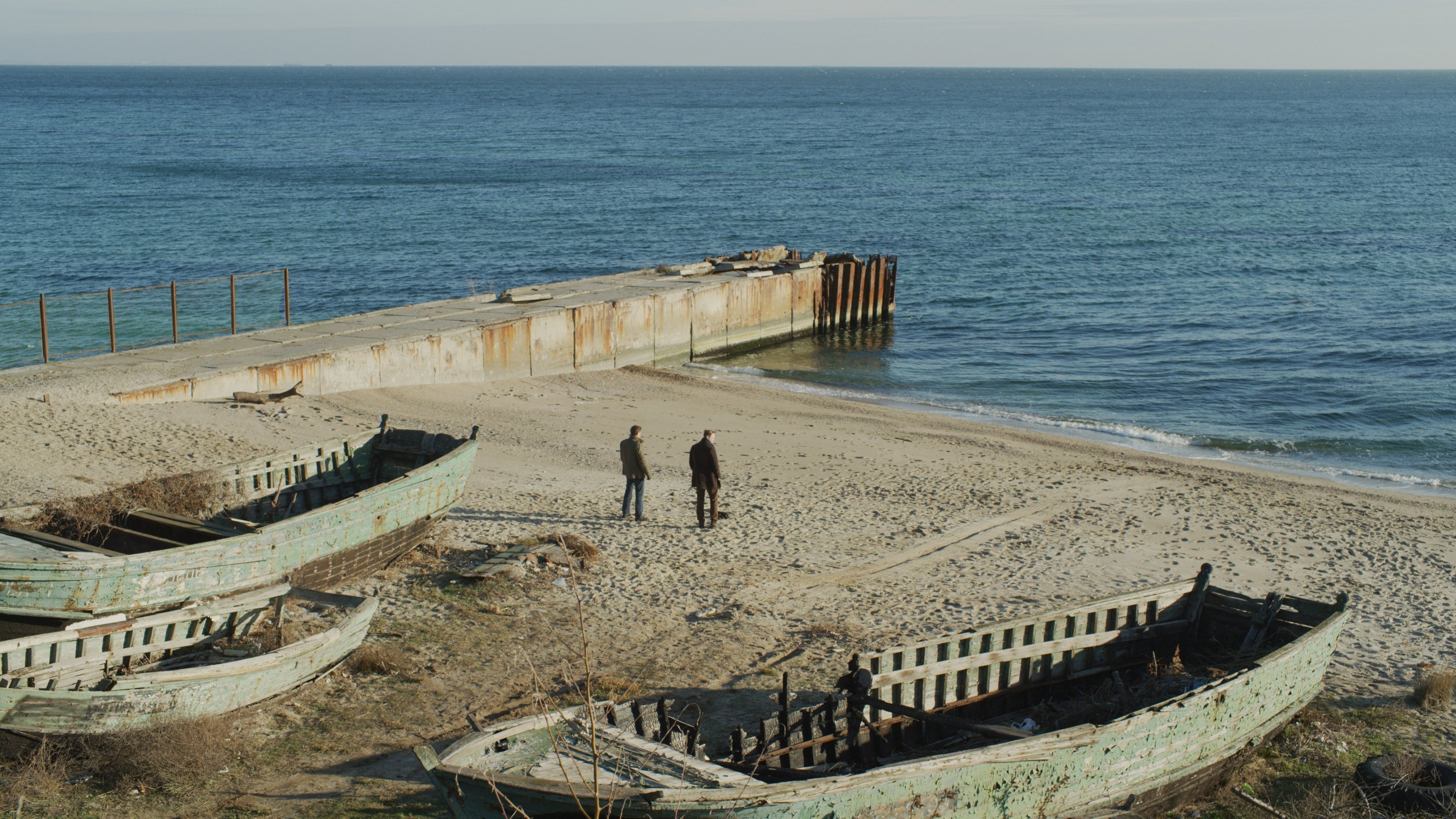
These memories represent a conflict for the subject. In effect, they’re a set of traumas that have been repressed, hidden, and buried.
#PLEASURE PRINCIPLE SERIES#
Freud’s constitution of the psychic apparatusįor Freud, the psyche was constituted by three psychic instances:įreud believed that, in the unconscious, there are a series of psychic elements of deep origin. Vessel collaborated on the studies and co-authored the American Scientist article.Freud used hypnosis as a therapy in his early days. The theory, while currently tested only in the visual system, likely applies to other senses, Biederman said.Įdward Vessel, who was Biederman’s graduate student at USC, is now a postdoctoral fellow at the Center for Neural Science at New York University. Without thinking about it, we pick out experiences that are richly interpretable but novel.” “There’s this incredible selectivity that we show in real time. Once you have acquired the information, you best spend your time learning something else.

“The system is essentially designed to maximize the rate at which you acquire new but interpretable information. This preference for novel concepts also has evolutionary value, he added.
#PLEASURE PRINCIPLE CODE#
“One advantage of competitive learning is that the inhibited neurons are now free to code for other stimulus patterns,” Biederman writes. This reduction in activity, Biederman’s research shows, parallels the decline in the pleasure felt during repeated viewing. But the strongly activated neurons inhibit their weakly activated neighbors, causing a net reduction in activity. With repetition of the image, the connections to the strongly activated neurons grow in strength. In competitive learning (also known as “Neural Darwinism”), the first presentation of an image activates many neurons, some strongly and a greater number only weakly. In his article, he explains this familiar experience with a neural-network model termed “competitive learning.” (The data from the studies are being submitted for publication.)īiederman also found that repeated viewing of an attractive image lessened both the rating of pleasure and the activity in the opioid-rich areas. In a series of functional magnetic resonance imaging trials with human volunteers exposed to a wide variety of images, Biederman’s research group found that strongly preferred images prompted the greatest fMRI activity in more complex areas of the ventral visual pathway. The receptors are tightly packed in the areas of the pathway linked to comprehension and interpretation of images, but sparse in areas where visual stimuli first hit the cortex.īiederman’s theory holds that the greater the neural activity in the areas rich in opioid receptors, the greater the pleasure. “This account may provide a plausible and very simple mechanism for aesthetic and perceptual and cognitive curiosity.”īiederman’s theory was inspired by a widely ignored 25-year-old finding that mu-opioid receptors � binding sites for natural opiates � increase in density along the ventral visual pathway, a part of the brain involved in image recognition and processing. The same mechanism is involved in the aesthetic experience, Biederman said, providing a neurological explanation for the pleasure we derive from art. Only more pressing material needs, such as hunger, can suspend the quest for knowledge, he added. “I think we’re exquisitely tuned to this as if we’re junkies, second by second.”īiederman hypothesized that knowledge addiction has strong evolutionary value because mate selection correlates closely with perceived intelligence. The brain’s craving for a fix motivates humans to maximize the rate at which they absorb knowledge, he said. “But once you get it, you just feel fabulous.”

“While you’re trying to understand a difficult theorem, it’s not fun,” Biederman said. The “click” of comprehension triggers a biochemical cascade that rewards the brain with a shot of natural opium-like substances, said Irving Biederman, professor of neuroscience in USC College, who presents his theory in an invited article in the latest issue of American Scientist.

Neuroscientists have proposed a simple explanation for the pleasure of grasping a new concept: The brain is getting its fix. The brain’s craving for a fix motivates humans to maximize the rate at which they absorb knowledge, said USC College neuroscientist Irving Biederman.


 0 kommentar(er)
0 kommentar(er)
